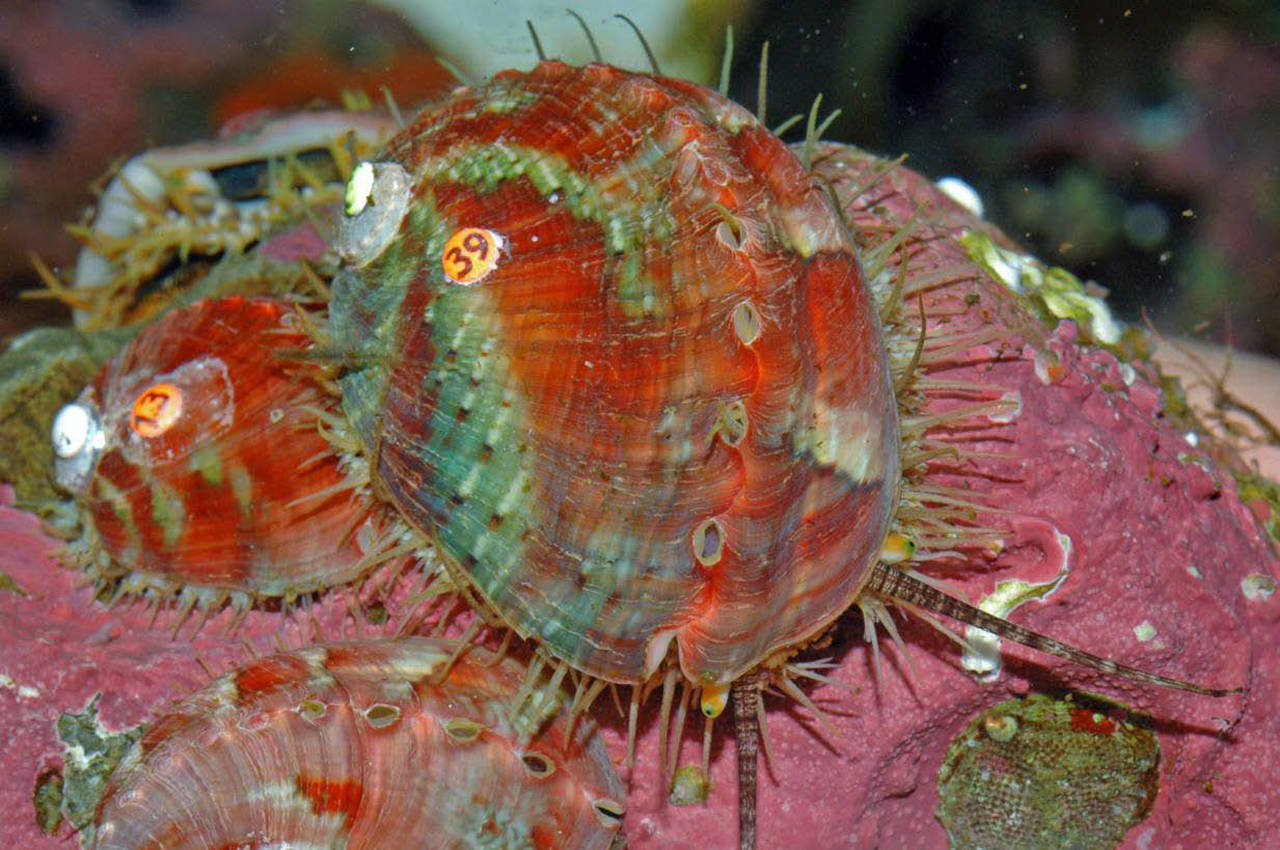The Southern resident killer whales aren’t the only species headed toward extinction in the Salish Sea – the pinto abalone is also facing its demise.
The Washington Department of Fish and Wildlife is seeking public input on its attempt to classify the pinto abalone as a state endangered species. WDFW held two public meetings regarding the proposed listing, one in Port Townsend on Dec. 4 and one in Anacortes on Dec. 10.
“Pinto abalone are the focus of a concerted restoration effort by state, federal, tribal and other partners such as the Puget Sound Restoration Fund in Washington,” Hank Carson, a WDFW research scientist, said in a press release. “Our goal is to halt the decline of abalone populations and return them to sustainable levels.”
Pinto abalone is a shallow-water mollusk that populates the waters around the San Juan Islands and in the Strait of Juan de Fuca. They feed on diatoms and kelp and grow to a reproductive size of 40–70 millimeters.
Abalone populations worldwide are in decline due to overharvesting and loss of habitat. The species ranges from Baja California, Mexico, to Alaska. The pinto or northern abalone is the only species of abalone found in state waters. The sea snails with iridescent shells have been a prized delicacy for centuries – first feeding indigenous tribes before being harvested commercially.
“We’re not going to get recovery without intervention, we don’t think. This has been great, I think it’s been a huge success, but it’s kind of been a drop in the bucket in terms of the whole population,” Carson said at the Anacortes meeting. “If we’re really going to get population recovery, we’re probably going to need to scale this up even more.”
Between 1992 and 2017, there has been a decline of more than 97 percent in the species’ population, despite a ban on abalone harvesting in 1994 and an increase in hatchery production, which began in 2002. The National Oceanic and Atmospheric Administration listed the pinto abalone as a species of concern in 2004, and Canada listed abalone as endangered in 2009.
“At this point, [Washington hatcheries have] put over 15,000 out there from 76 different families, and we’ve got 12 different sites here in the islands for the last, almost 10 years of this,” Carson said during the Anacortes meeting, adding that survival of abalone to the age of 3 is about 10 percent. “Which may not seem great to you but it seems awesome to me for a species like this.”
The Fish and Wildlife Commission will consider adding the pinto abalone to its endangered list in March. The public can submit comments and information about the species until then to Michael Ulrich at WDFW via email at Michael.Ulrich@dfw.wa.gov, by phone at 360-902-2737 or mail at Fish Program, P.O. Box 43200, Olympia, WA 98504-3200. For more information about pinto abalone, visit https://wdfw.wa.gov/conservation/pinto_abalone/.



